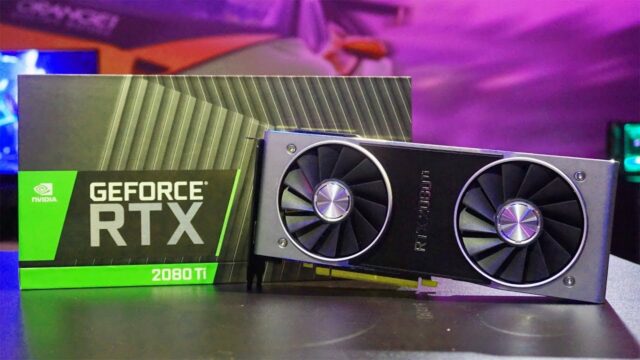As the gaming industry pushes for increasingly realistic visuals, the cost of producing AAA games has skyrocketed, placing immense strain on developers and studios. Despite these investments, many high-budget games have struggled to meet financial expectations, prompting questions about whether cutting-edge graphics truly drive success. With layoffs sweeping the industry and live service games facing diminishing returns, insiders argue that a shift in priorities may be necessary to sustain the future of game development.
Are cutting-edge graphics costing the gaming industry too much?
The rising cost of developing cutting-edge graphics is pushing AAA game developers to their limits, highlighting the industry’s struggle to balance innovation with financial sustainability. Amid significant layoffs and high-budget games underperforming, experts suggest a need to rethink the emphasis on high-fidelity visuals.
Why cutting-edge graphics are becoming unsustainable
Speaking with The New York Times, game developers and industry insiders expressed concerns about the immense pressure on AAA studios to deliver top-tier graphics. This demand has coincided with waves of layoffs over the past two years and several big-budget games failing to meet sales expectations.
Even live service games, once considered a lucrative investment, have proven risky due to their mature market and the growing disdain for exploitative monetization strategies among players.
High-fidelity visuals vs. player preferences
Jacob Navok, a former Square Enix executive, pointed out the disconnect between high-fidelity visuals and the preferences of younger players. “It’s very clear that high-fidelity visuals are only moving the needle for a vocal class of gamers in their 40s and 50s. But what does my 7-year-old son play? Minecraft. Roblox. Fortnite,” Navok stated.
These popular games thrive on low-to-mid-range hardware, emphasizing accessibility over cutting-edge graphics. For many players, even those with high-end PCs, pushing hardware limits isn’t the priority. This trend has also influenced the decline of certain single-player action genres, with games like Soulslikes and gacha titles dominating the landscape.
Examples of live service game failures
- Sony’s Concord: A live service project that struggled to resonate with players.
- Warner Bros. Discovery’s Suicide Squad: Kill The Justice League: Initially marketed as a sequel to the Batman Arkham series, the game underperformed after pivoting to a live-service format.
These failures underscore the disconnect between audience expectations and studio decisions, costing studios hundreds of millions of dollars.
The role of generative AI in game and graphics development
Rami Ismail, co-founder of Vlambeer, criticized the industry’s potential reliance on generative AI without fully understanding its implications. He questioned the sustainability of the current model, saying, “How can we as an industry make shorter games with worse graphics made with people who are paid well to work less? If we can, there might be short-term hope.”
Ismail’s comments reflect broader concerns about how to sustain creativity and innovation in an industry facing financial and technological challenges.
Rethinking the future of AAA game development
The gaming industry faces a crossroads, with cutting-edge graphics no longer guaranteeing success. Developers and studios must adapt by prioritizing accessibility, engaging gameplay, and sustainable practices to navigate the ongoing challenges and secure the industry’s future.



 Shiftdelete.net
Shiftdelete.net










